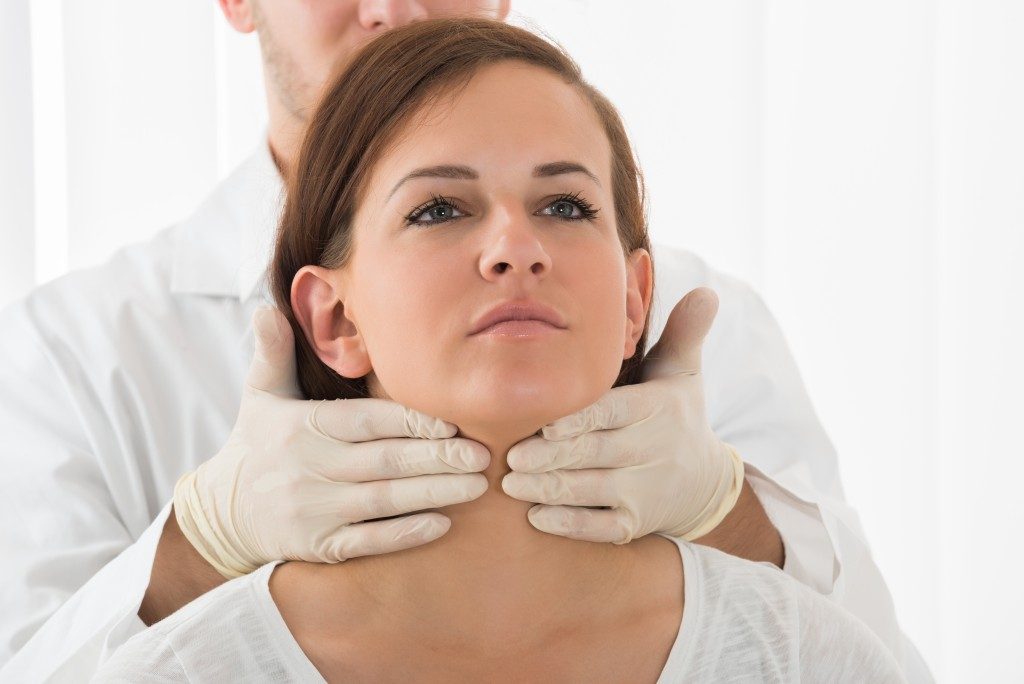- Crooked teeth can be caused by hereditary factors, poor oral hygiene, thumb sucking/pacifier use in childhood, and a misaligned bite.
- Dental services, braces, retainers, and Invisalign are some ways to fix crooked teeth.
- Braces require regular visits to a dentist or orthodontist and can take up to 18 months for full correction.
- Retainers come in two forms – removable retainers (which require frequent removal) and fixed retainers (which stay on all the time).
- Invisalign uses clear aligners that fit snugly over your teeth and gradually move them into place without any problems.
Your teeth can play a fundamental role in the way you live. It can affect how you chew and also even your self-esteem. Taking care of your teeth is important to maintaining good health and overall well-being. However, sometimes you don’t get a choice. Many people in the U.S. are experiencing crooked teeth due to varying reasons. Here’s what you need to know about.
Reasons Behind Crooked Teeth
Crooked teeth can be an embarrassing problem, and many people struggle to understand the causes of this issue. It’s important to understand the reasons for crooked teeth to find the best treatment plan. In this blog post, we will discuss some of the most common causes of crooked teeth and why it is so important to get them fixed.
Hereditary Factors
In some cases, crooked teeth may be caused by hereditary factors. This means that if one or both parents had crooked teeth, there is a greater chance that you will too. Hereditary factors are difficult to control but can be addressed with proper orthodontic treatment such as braces or aligners.

Poor Oral Hygiene
Poor oral hygiene can also lead to crooked teeth over time. When plaque and tartar buildup on your teeth, it leads to more bacteria in your mouth which can cause your teeth to shift out of place over time. This is why brushing twice daily and flossing regularly are vital for keeping your teeth healthy and straight.
Thumb Sucking & Pacifier Use In Childhood
Thumb sucking or prolonged pacifier use during childhood can also lead to misaligned teeth in adulthood. These habits pressure certain parts of the mouth and jaw, causing the bones around them to develop incorrectly over time. Parents must discourage their children from these habits as early as possible if they want their child’s adult smile to be straight and healthy!
Misaligned Bite
Crooked teeth can also occur due to a misaligned bite or jaw structure. For example, if your lower jaw is further forward than your upper jaw (an underbite), then this could cause your lower front teeth to protrude outward and become crooked over time. Similarly, if your upper jaw is further forward than your lower jaw (an overbite), then this could cause your top front teeth to overlap and become crooked over time. In either case, orthodontic treatment such as braces or aligners can help address these issues by gently reshaping the bite into its correct alignment over time.
Dealing and Managing Crooked Teeth
There are various ways you can address crooked teeth. Here are some of those ways:
Repairing Your Teeth
Dental services are one of the best ways to fix crooked teeth. There are various tooth repair services you can get. These services utilize modern technology to repair damaged teeth and make them look good again. It’s affordable, and it can help diagnose any more complicated forms of dental problems.

Braces
Orthodontic appliances can help fix crooked teeth. Braces are one of the most common methods used to fix crooked teeth. This treatment involves putting metal brackets on your teeth connected by wires, which slowly move your teeth into their correct positions over time. Braces typically require regular visits to a dentist or orthodontist and can take up to 18 months for full correction. It is also important to note that braces come with a hefty price tag, making them an option mainly reserved for those with good dental insurance plans or financial means.
Retainers
If you want a less invasive option than braces. Retainers are one of the simplest ways to fix crooked teeth – they hold your teeth in place while being corrected by other treatments such as braces or Invisalign.
Retainers come in two forms – removable retainers (which require frequent removal) and fixed retainers (which stay on all the time). Both types will help keep your teeth aligned while undergoing treatment, but they usually need to be worn in addition to other treatments rather than used alone if you want long-term results.
Invisalign
Invisalign is another popular option for straightening crooked teeth. Unlike traditional braces, Invisalign uses clear aligners that fit snugly over your teeth and gradually move them into place without any metal wires or brackets.
This makes it more comfortable and less visible than braces, but it also requires more dedication from patients as they must wear their aligners at least 22 hours daily to get the best results. Additionally, Invisalign is not suitable for everyone, so you must consult with your dentist before deciding about this treatment method.



